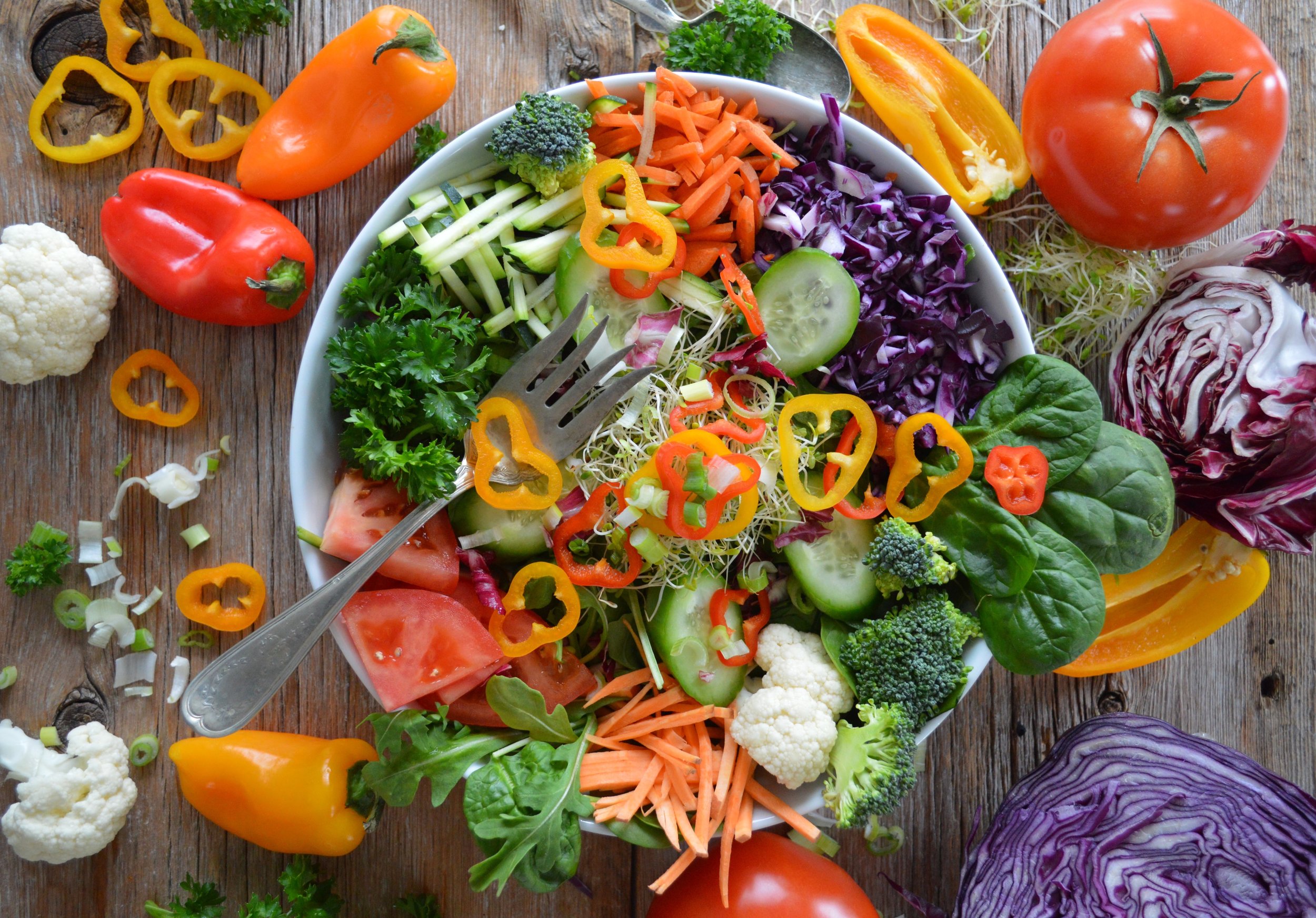Choosing the Right Matzo for Your Body
/Matzo is the most visually striking symbol of Passover: Flat, brittle and square. It is known as the bread of affliction, lechem oni and poor man's bread.
Matzo can be made from white refined flour or whole grain flour. But it wasn't always hard and square.
What was the Original Matzo?
Was matzo always thin and hard? Traditionally, it was softer and thicker than it is now. Originally, in Egypt, matzo was handmade and round, made from coarsely-ground Khorosan wheat. Later on, this shifted.
Apparently, there's a discussion between Rava and Rav Nachman in the Talmud (Pesachim 40a), over whether to soak the wheat grains or to use them whole. "Soaking" was a preparatory step toward refining it to include just the endosperm, or the "white part". So, in Talmudic times, matzo was baked using white flour. During the Middle Ages, it shifted to what was likely coarsely-sifted whole wheat.
It did not begin to take on its current thin and brittle form until the end of the 18th century, when matzo makers also decreased the amount of water used to make it. Later on, with the invention of industrial methods for refining flour, matzo became what we now know today. Then, in 1888, Manischewitz invented machines to make matzo and the square-shaped matzo was born.
Why is Matzo Bad for Your Digestion?
Eating refined white flour in large quantities with almost zero fiber is a recipe for constipation. Your body needs both soluble and insoluble fiber to move stuff through your GI tract. So eating lots of fresh fruits and vegetables will help with this situation.
Luckily, though, there are also many forms of matzo, some of which aren't as difficult on your GI tract as regular matzo.
What's the difference between ancient wheat – like Khorosan and Einkorn – and the modern variants? They have not been hybridized like modern wheat has been – and their genetic structure is simpler, including their gluten proteins.
What are Some Better-for-You Matzo Alternatives?
Until a few years ago, there were not many easily available alternatives to regular matzo. Fortunately, we now live in a time when it is not very difficult to find alternative matzos in the kosher markets of major American cities. You can even purchase it on the Amazon Passover Store.
Know the differences between the main matzo variants. There are pros and cons to each:
Oat Matzo
This is the only truly gluten-free matzo that is made from one of the five kosher for Passover grains (wheat, spelt, oat, rye and barley). However, it is super expensive. It's also thick, heavy and tastes exactly like oatmeal. Use this matzo if you are celiac, gluten sensitive or have a wheat allergy. The main brands are Kestenbaum's and Lakewood.
Spelt Matzo
Spelt (triticum spelta) is better than modern wheat (triticum aestivum) and there is even an organic machine-made version, as well as an organic handmade shmura version. Spelt is lower in gluten and easier to digest. You may feel less tired and heavy after eating it. Try this matzo if you are sensitive to gluten or have a sensitivity to wheat. You may be able to tolerate it better than regular matzo.
Rye Matzo
This is typically 52% rye flour and 48% wheat four. It is not going to solve your digestive problems, but it is easier on your gut than eating pure refined wheat matzo. However, rye is still unsuitable for people with celiac.
Whole Wheat Matzo
Compared with regular matzo, this has a toastier flavor and a darker color. While it contains some additional nutritional value, it's not all that different from regular matzo.
Gluten-Free Matzo
This is not really "matzo" at all but a mix of tapioca starch, potato starch, potato flour and several other minor ingredients. It is very low in nutrition and completely lacking in fiber. As it is mostly potatoes, you also cannot say hamotzi on it. Avoid eating this product unless you cannot tolerate (or afford) oat matzo.
Substitute These Matzos for Your Regular Recipes
Substituting an alternative matzo for regular matzo does not apply only to the Seder nights. For instance, you can use spelt matzo in place of matzo farfel to eat for breakfast. Just break it into little pieces. You can also grind up spelt in a food processor and use it as matzo meal in gefilte fish, matzo rolls or matzo balls. The same applies to rye matzo and whole wheat matzo. I would not use oat matzo as a substitute, though. First, it is too expensive. Second, it is much softer than the others.
Become an Informed Matzo Consumer
Educating yourself on the best kind of matzo for your body will go a long way toward ensuring that you have an enjoyable holiday.
Chag Pesach kasher v'sameach!
Please note that I did not receive any goods or services in conjunction with this article.








